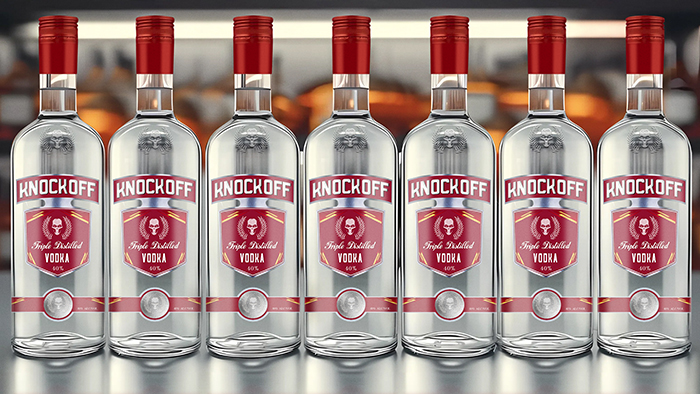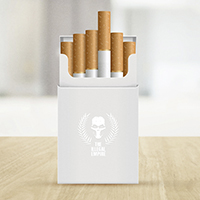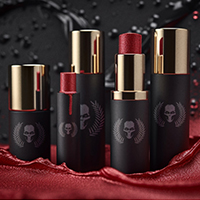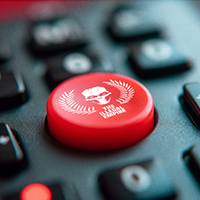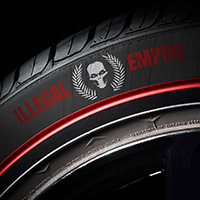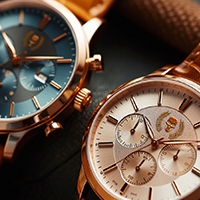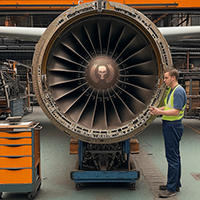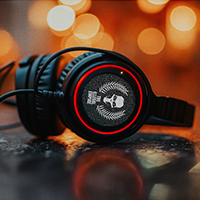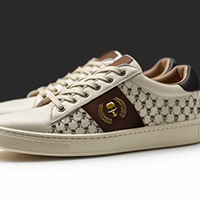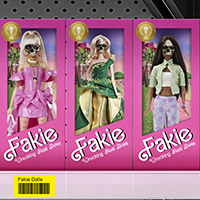The Illegal Empire benefits from the low cost of illegal alcohol, but puts the consumer at deadly risk.
One of the biggest issues with the market for illegal alcohol is that it’s relatively easy to make fake products - and, as a result, ‘earn’ big profits. And that, of course, makes it an attractive proposition for illicit producers and their criminal sponsors.
That easy access to profit comes from the fact that the fixed costs of making low-quality alcohol products can be low. The ingredients are not high value. Already that creates space for good margins for fake traders. On top of that, governments around the world tend to impose relatively high additional taxes on alcohol for reasons of public health as well as public revenue. This means that the legitimate trade can have significantly higher prices, giving the illegal market lots of space to trade in at lower price points.
Which makes it attractive to criminals who produce a wide range of illicit alcoholic beverages, including counterfeit goods (refilling, falsification and tampering); smuggled/contraband items that have been illegally imported (thereby evading import duties and taxes); and, most dangerously, illicit products, including those not meant for human consumption.
And it’s the latter which offers up the most immediate threat. The World Health Organisation estimates that a quarter of all alcohol consumed around the world is illegal, but adds that this figure is much higher in some regions. For example, almost half of the alcohol consumed in Southeast Asia and over a third of what is consumed in Africa is illicit.
Hence, the impact of the fake is felt most severely by the poorest members of society, who may be unable to access their legal equivalents. The impact is particularly severe for those who may be already poorly nourished and with inadequate access to healthcare.
It’s health which is the biggest single issue. Interpol reckons that illicit alcohol products can contain ingredients such as antifreeze, ethanol, nail polish remover and even embalming fluid. Fakes can cause blindness and organ failure and can lead to death. Data for the global fatalities are more anecdotal than complete, but the deaths in India of 154 people (and hospitalisation of hundreds more) in 2019 is symptomatic of a significant number of deaths and illness - and, again, often in the poorer countries,where poverty drives people to the illegal market.
Beyond that, the fatal nature of the business offers a huge reputational challenge to brands whose products are faked, put on the market and lead to illness and death, tarnishing a legitimate industry with the outcomes of an illegal one.
As with many elements of the illicit goods market, the drivers of the market cause authorities particular concern. The trade is often driven by organised crime, where gangs have the resources to produce and the networks to deliver, often at scale. And the substantial proceeds of illicit sales are used to fund other illegal activities, notably people and drug trafficking, and even terrorism.
Adding further damage is the fact that, while the relatively high duties levied by governments create the space for illegal producers to operate, their activities deprive governments of much needed revenue - an especially significant issue as we head to worldwide recession.
There’s a growing need, therefore for coherent action from global governments and agencies, or else the illegal trade will continue to grow and prosper - with greater suffering to individuals and economies as a result.
For more on what is being done to combat the trade, visit Crime Stoppers International.
